Design Document
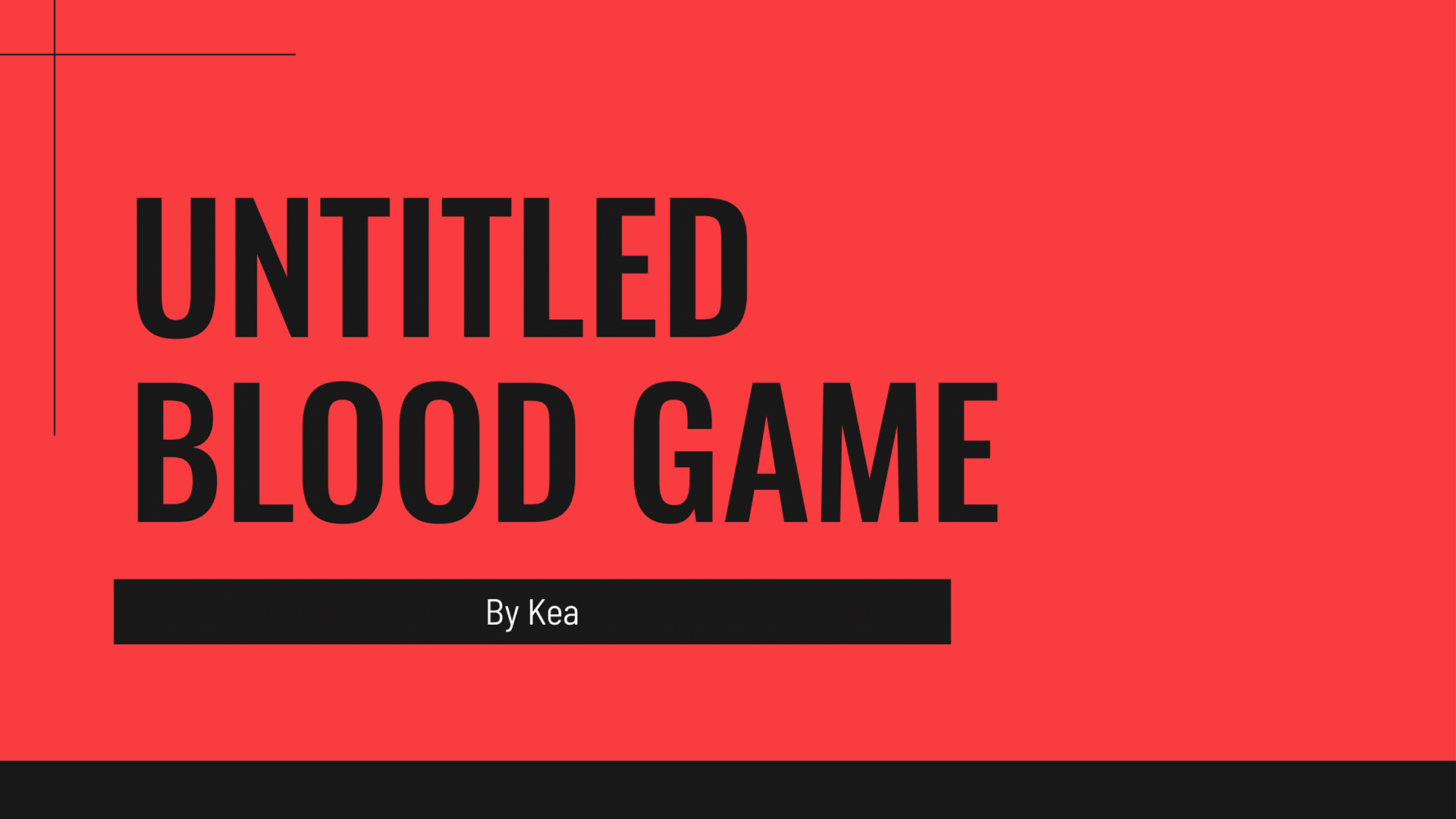
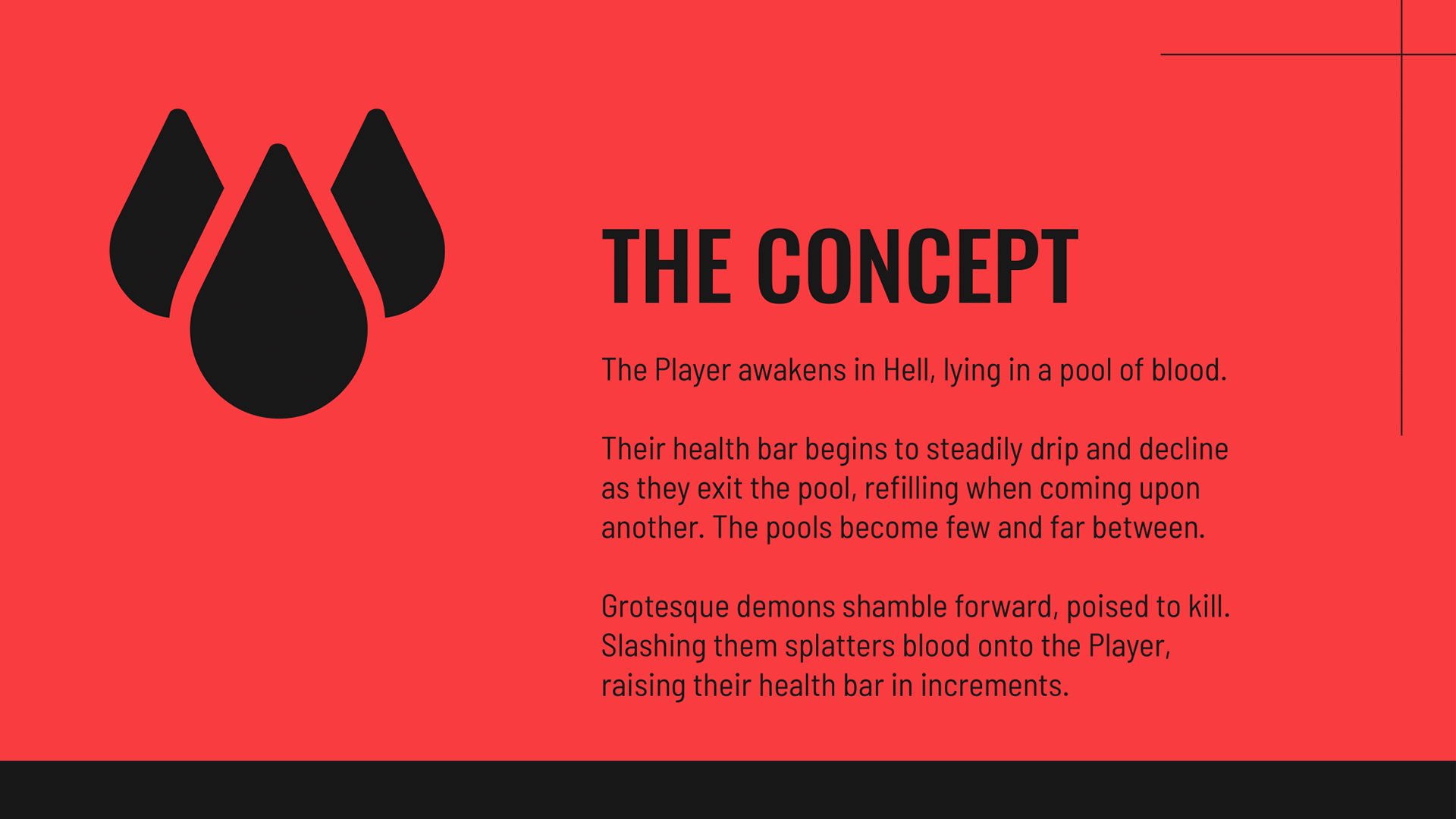

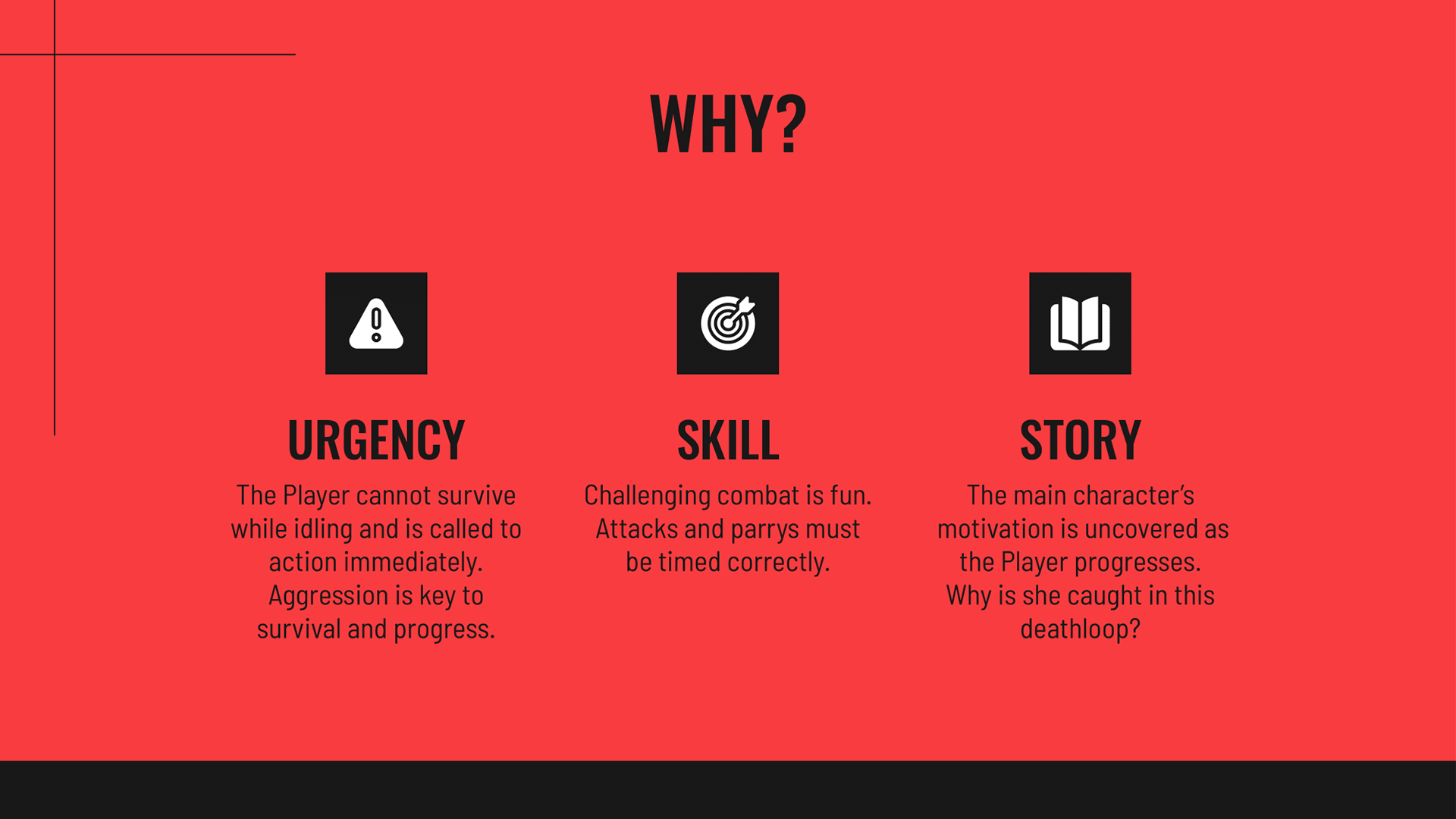
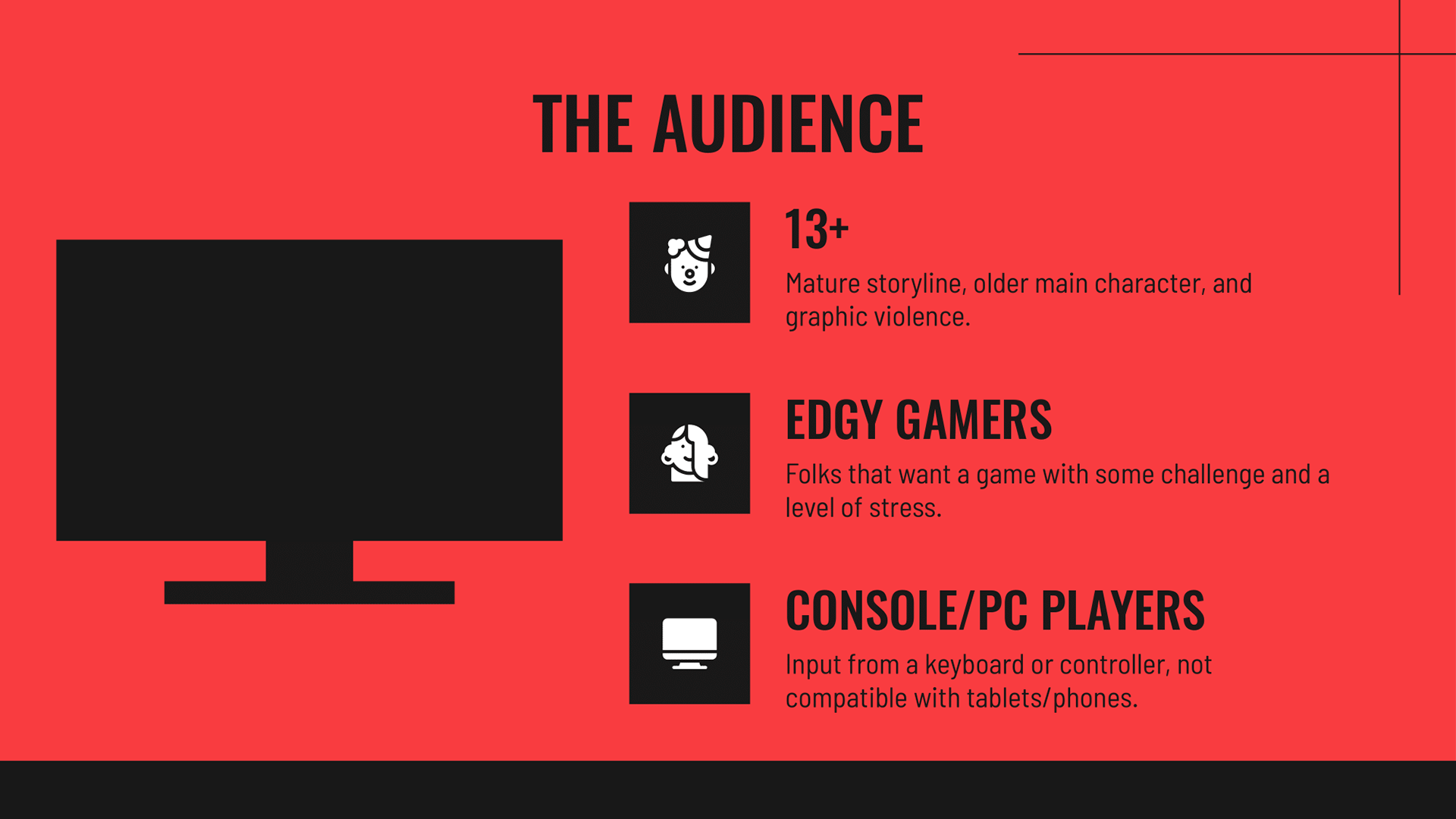
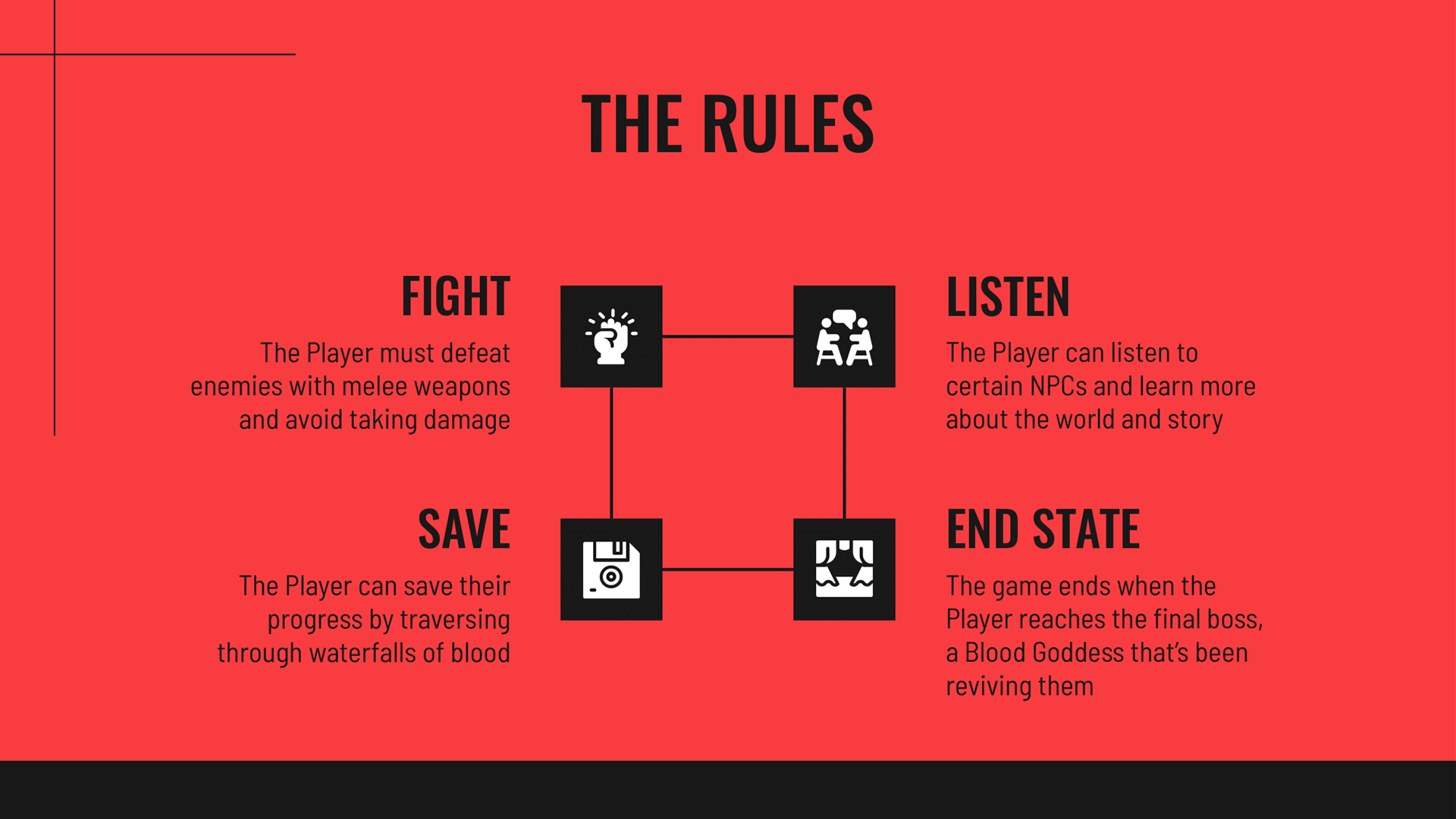
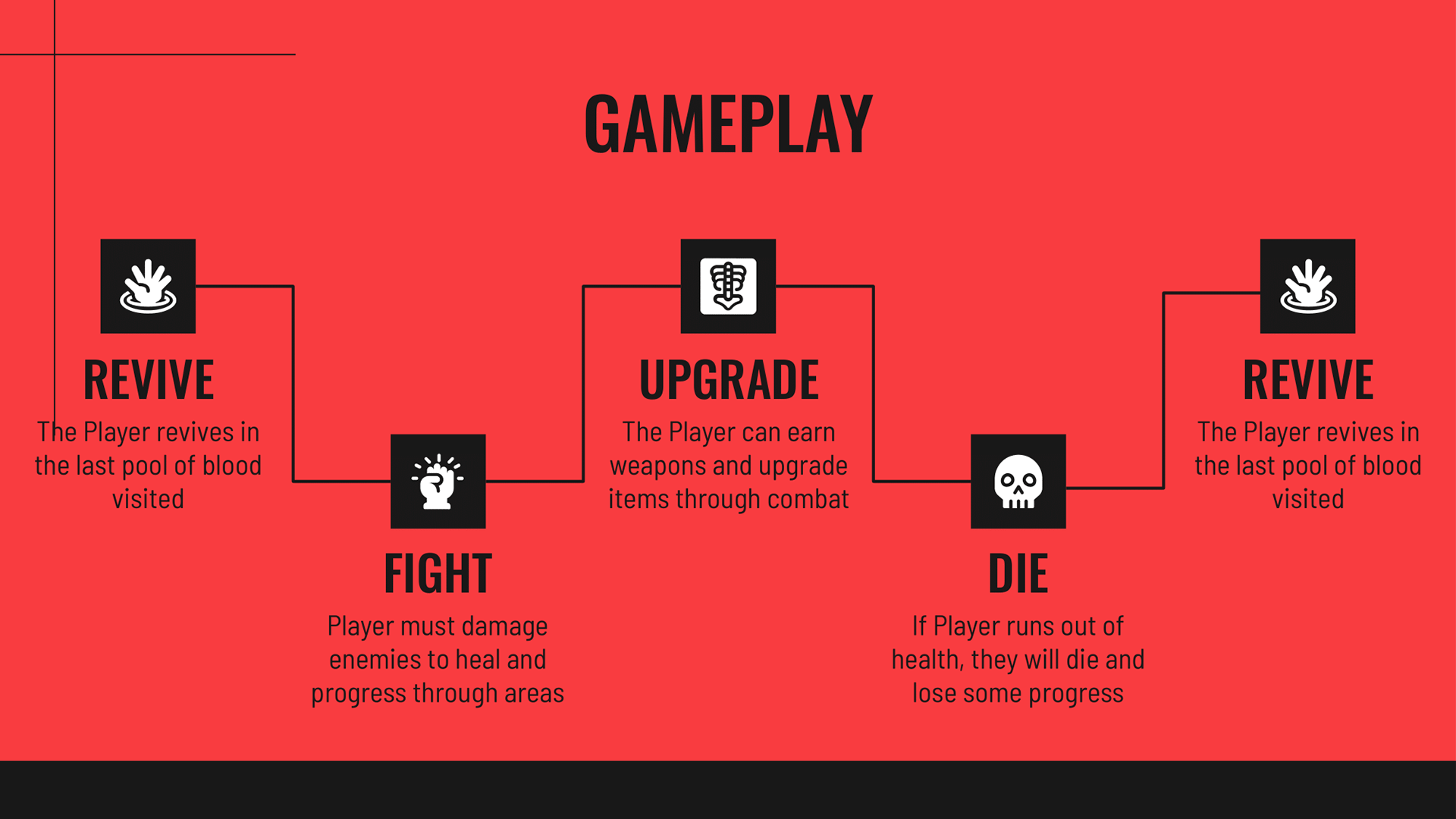
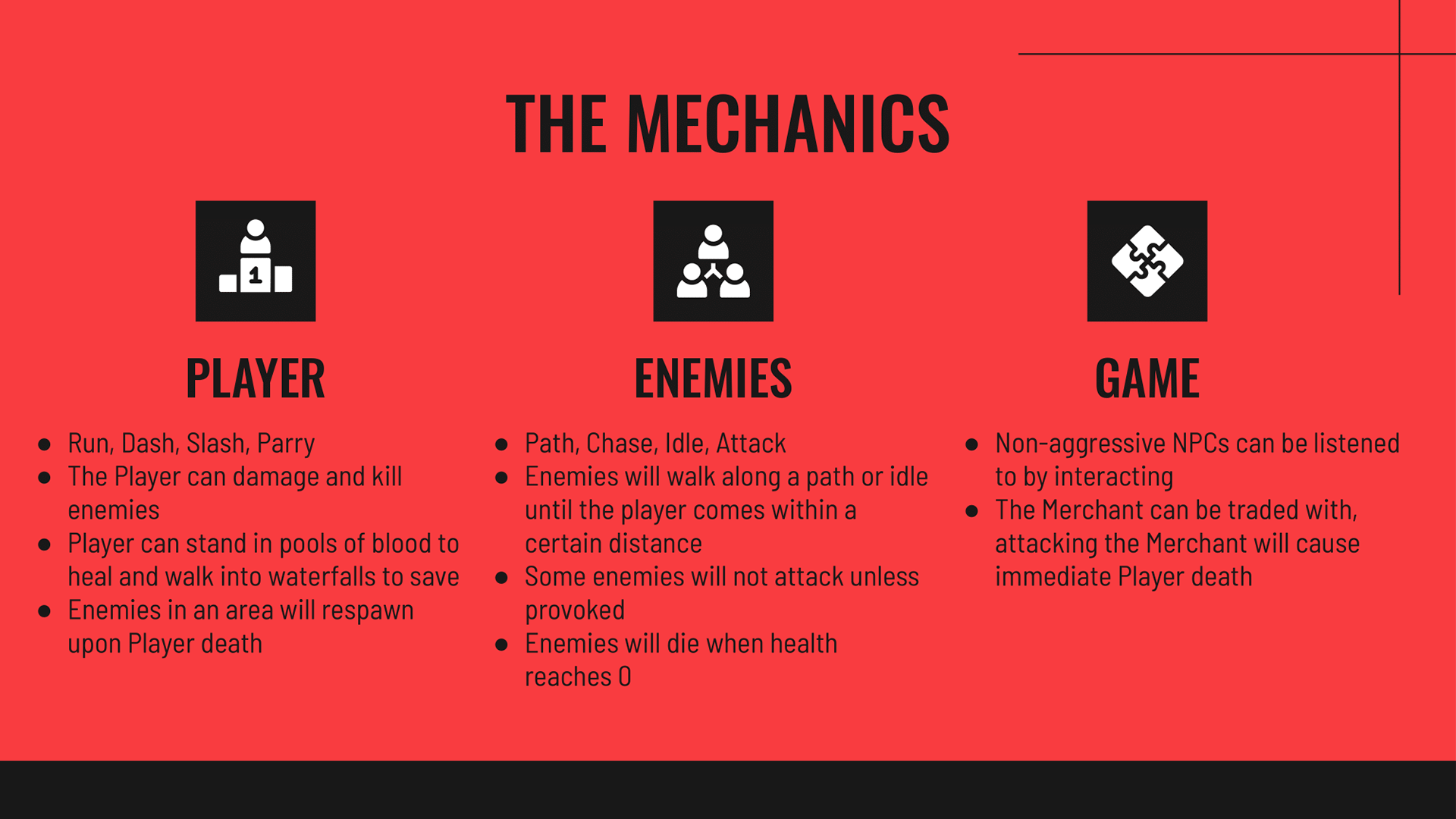
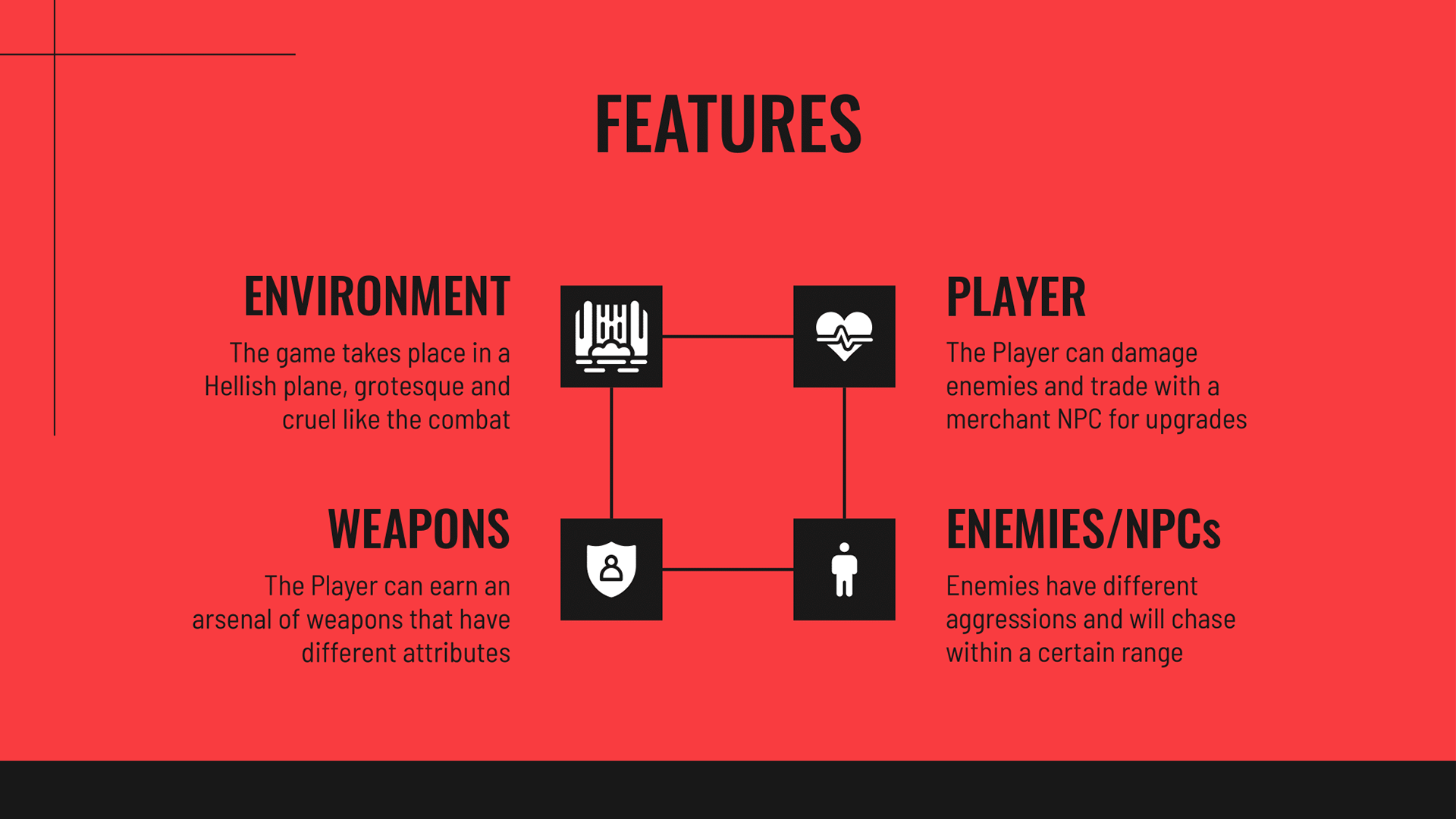
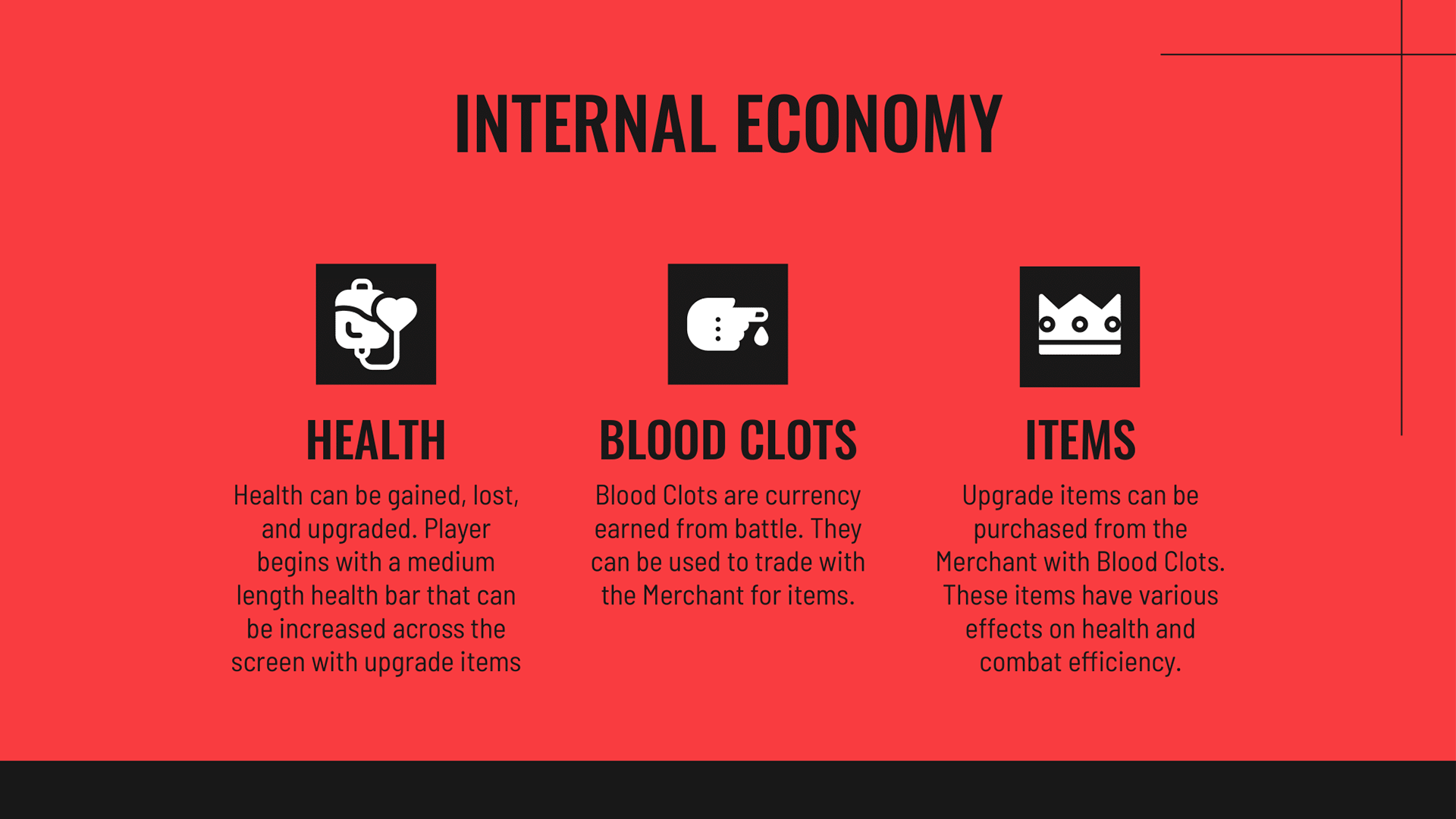
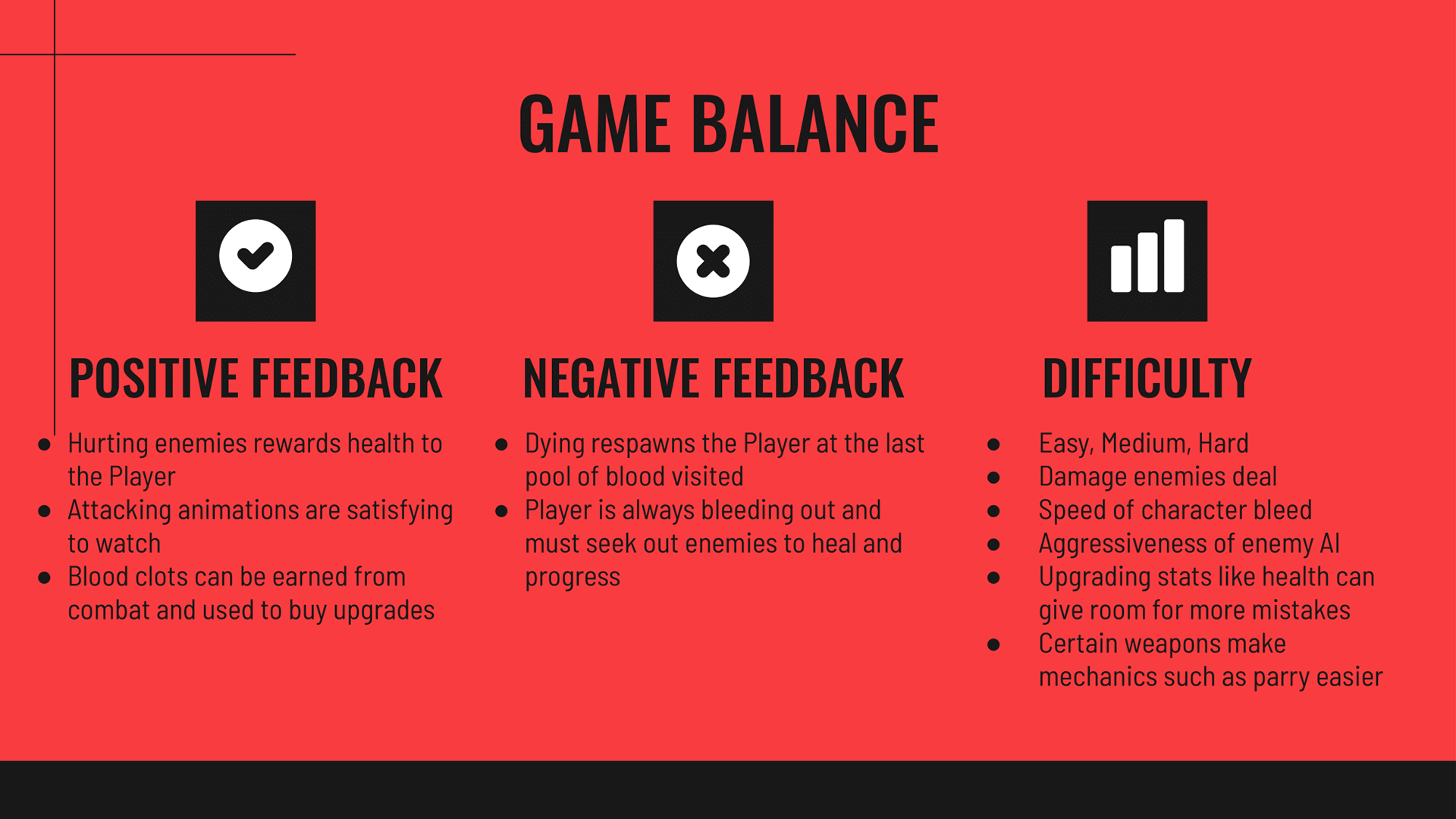
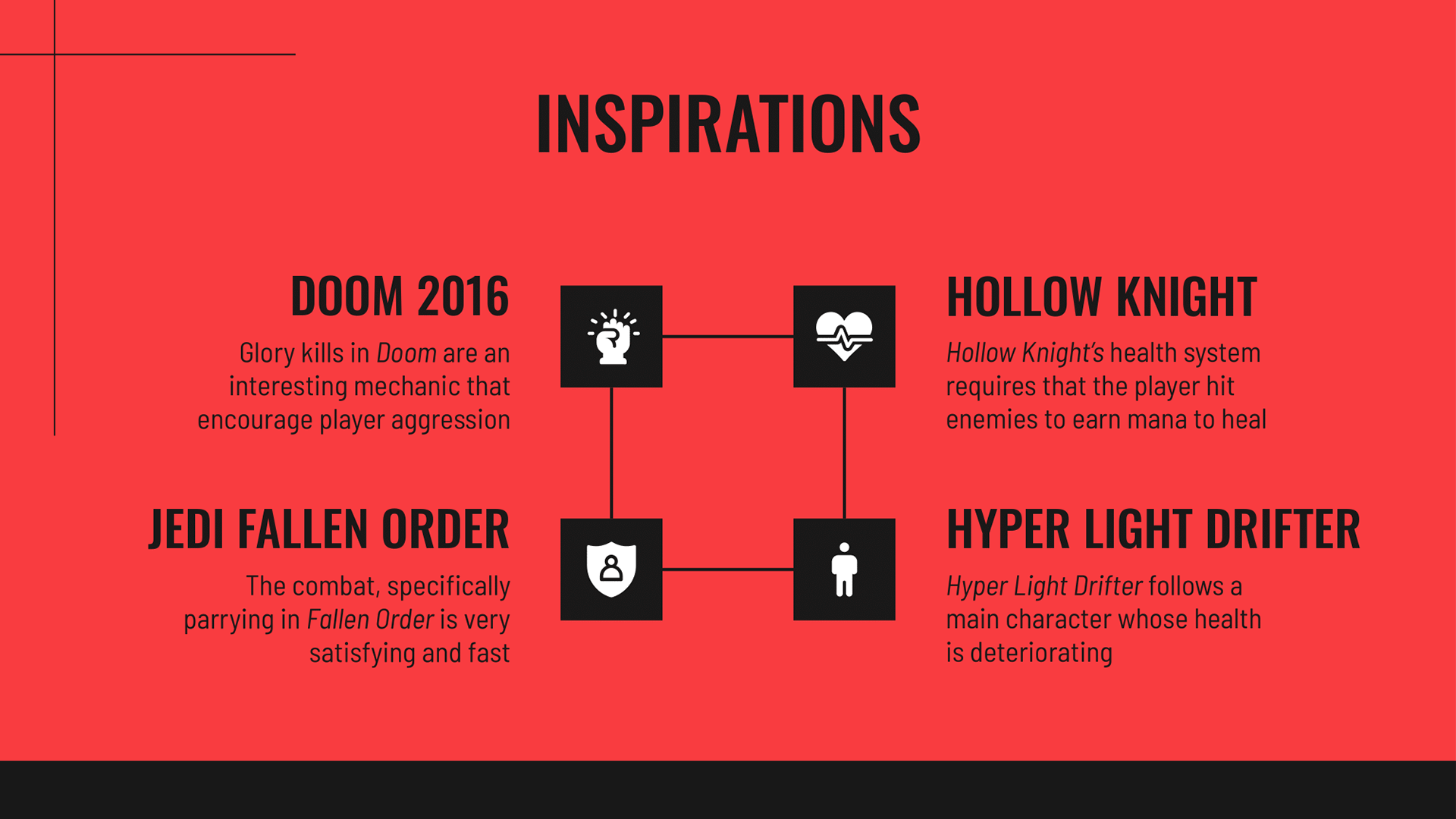
Inspirations for Mechanics
Doom - Glory Kills for Health
In the Doom reboots, when enemies are low on HP the player can get close to their opponent and perform a “glory kill”.
Executing a glory kill causes health packs to drop from the corpse, which are scaled based on player HP: if players are in critical condition the packs restore more health. This encourages players to fight aggressively and take risks getting close to their opponents, even when low on health.
On Ultra Violence and Nightmare mode, this can become instrumental to player survival, as health packs and stations are not plentiful in certain areas.
Glory kill animations are extremely gratuitous and satisfying for the player, and there are even weapon point achievements earned from exploring the variety of glory kill types, which makes this mechanic even more rewarding.
Hollow Knight - Damaging Enemies to Heal
Bloodborne’s revenge mechanic, where quickly hitting enemies after taking an attack would reward some health back, inspired the developers of Hollow Knight to take a similar approach to player health. In Hollow Knight, hitting enemies gives the player “soul”, a resource that can cast spells or heal the player.
Damaging enemies fills a little of the soul meter at a time, and healing with soul is one of the few ways in the game to regain health.
This encourages players to not be skittish during boss fights. Focusing only on dodging will not give players healing resources, and prolonging fights is a poor strategy because players eventually make mistakes.
Fromsoftware Games - Damage Over Time, Seppuku
In Elden Ring there are many types of damage that are common across other RPGs, some of which are status ailments that inflict damage over time. Elden Ring has many status effects under this category, such as poison or scarlet rot.
Demon’s Souls has a bleed status effect that functions like poison, but in later Fromsoftware games the bleed status changed: after enough successive hits, the bloodloss meter fills and damage hemorrhages all at once instead of over time.
Combining the bleed mechanic from Demon’s Souls with the aesthetic and abilities of the bloodloss Ashes of War from Elden Ring would be interesting. One Ash of War in particular, Seppuku, is compelling due to the player having to sacrifice some of their own health in order to charge up their weapon’s bleed potency.
Jedi Fallen Order - Parrying
One of the best ways to counter attacks in Fallen Order is by parrying.
When executing a parry, the slowdown animation is very satisfying for the player.
While parrying is a common component in many combat-oriented games, I particularly found timing in Fallen Order intuitive and consistent.
All of the enemies in Fallen Order can be parried and the game communicates clearly when an attack is not parryable. Other games sometimes involve more guesswork regarding whether moves or enemies are parryable at all, and what the timing is for each individual attack.
Aesthetic Inspirations





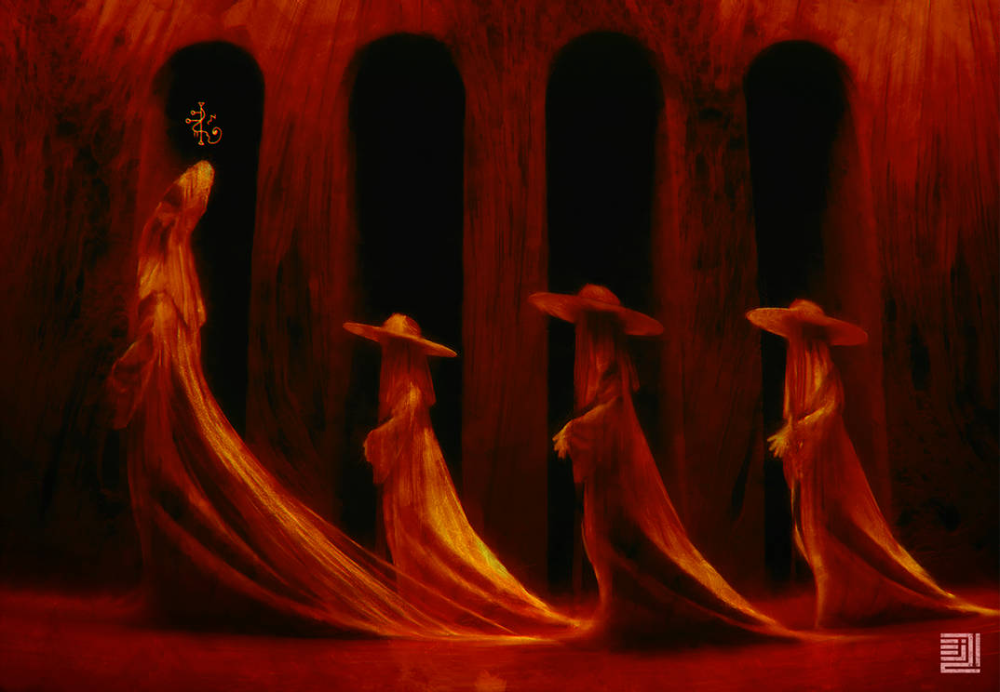
Character Aesthetic Inspirations
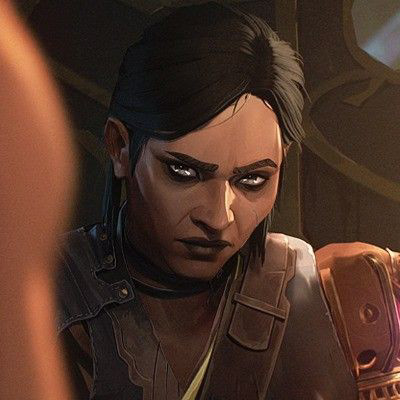
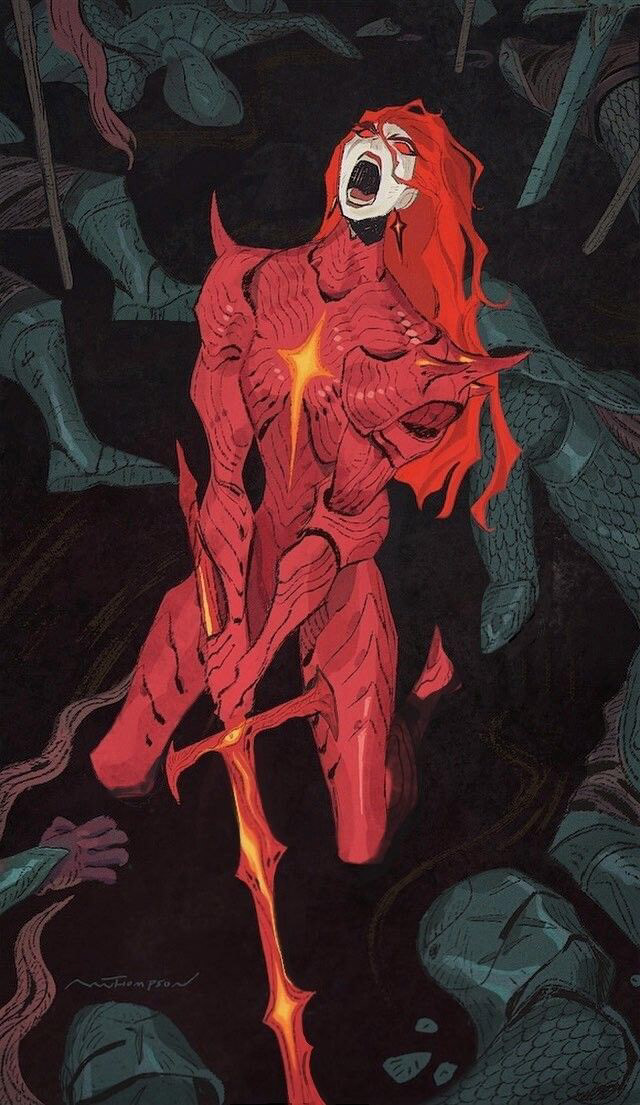
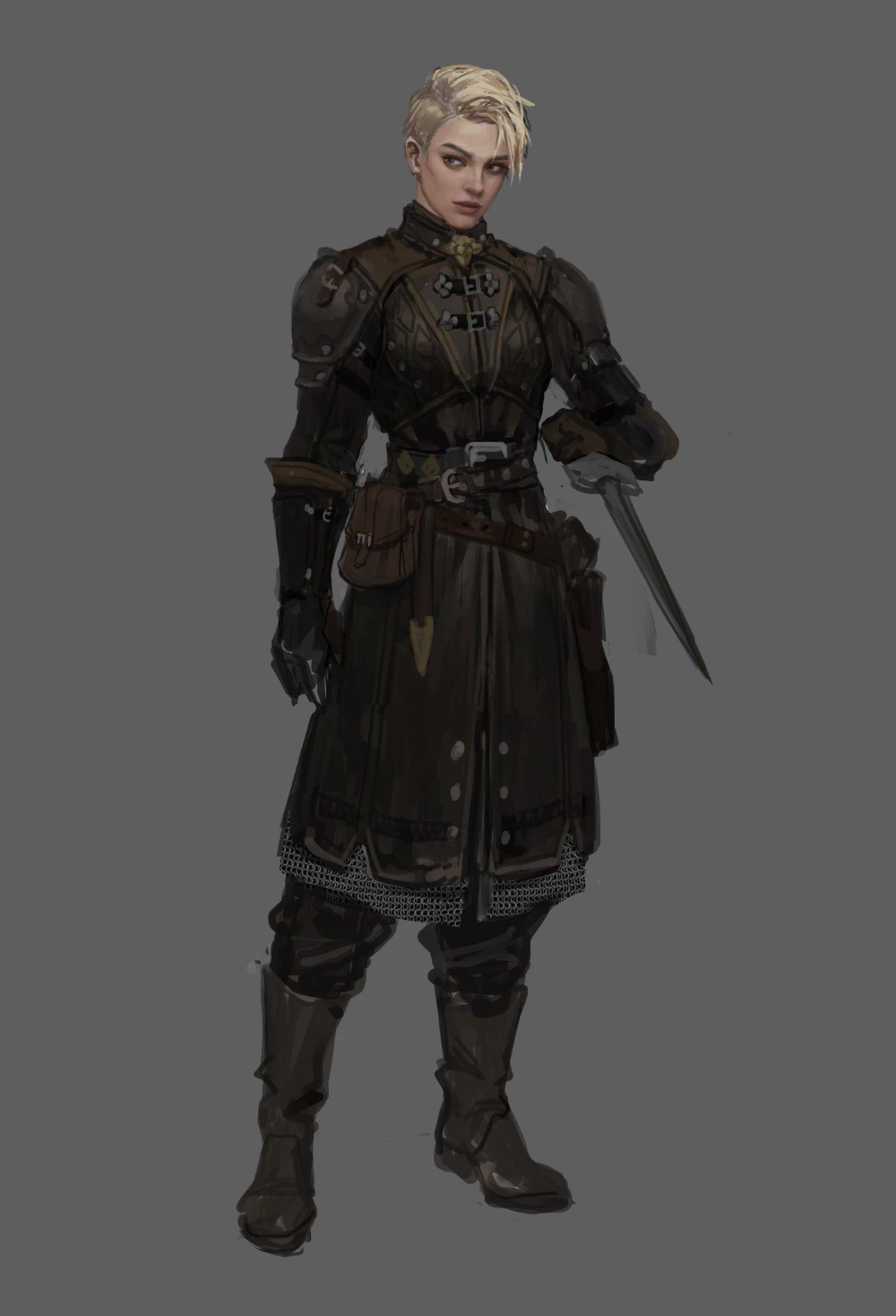

Thematic Inspirations
Hyper Light Drifter - fruitless fight for a cure, deterioration of main character as plot progresses
Hellblade: Senua's Sacrifice - journey to Underworld to fight a goddess, finds peace in the end/bittersweet conclusion
Character Archetypes - silent protagonist, Sisyphus, Prometheus, Agni (Fire Punch), Ethan Winters (RE8)